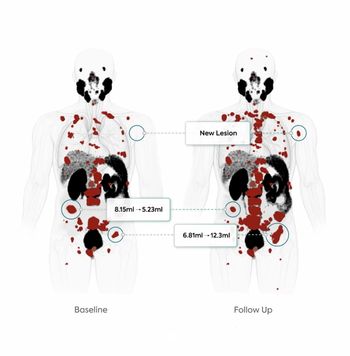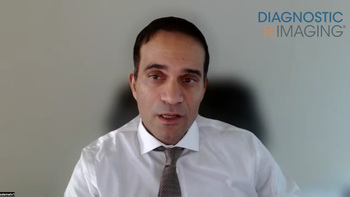
Toshiba launches Asteion
Toshiba America Medical Systems this month formally introduced Asteion, its latest line of subsecond CT systems. Cleared by the Food and Drug Administration last November (SCAN 11/25/98), Toshiba’s Asteion VR and Asteion VI scanners feature a
Toshiba America Medical Systems this month formally introduced Asteion, its latest line of subsecond CT systems. Cleared by the Food and Drug Administration last November (SCAN 11/25/98), Toshibas Asteion VR and Asteion VI scanners feature a 0.75-second rotation speed and solid-state detectors, with partial reconstruction times as short as half a second using Toshibas image processing algorithms.
The units come equipped with the Tustin, CA-based companys HeliCool x-ray tubes, rated at 4 MHU, and include graphic user interfaces and high-speed power image processors from Silicon Graphics. The scanners support Toshibas Aspire Continuous Imaging real-time scanning protocol. In the future, the Asteion line may be upgraded to Toshibas multislice technology, which will augment possible applications to include advanced CT-angio and cardiac studies, according to Toshiba.
The Asteion line expands Toshibas product offerings, enabling the company to provide both subsecond and multislice scanning at new price points. With the introduction last September of its Aquilion unit, a 0.5-second scanner, Toshiba established a platform for a multislice option to be introduced later this year (SCAN 3/3/99 and 9/16/98). But the Asteion scanners could bridge the gap between conventional single-slice scanners and Aquilion: Although Toshiba did not release a price tag for Asteion, the scanner will likely sell for less than Aquilion.
Newsletter
Stay at the forefront of radiology with the Diagnostic Imaging newsletter, delivering the latest news, clinical insights, and imaging advancements for today’s radiologists.



























